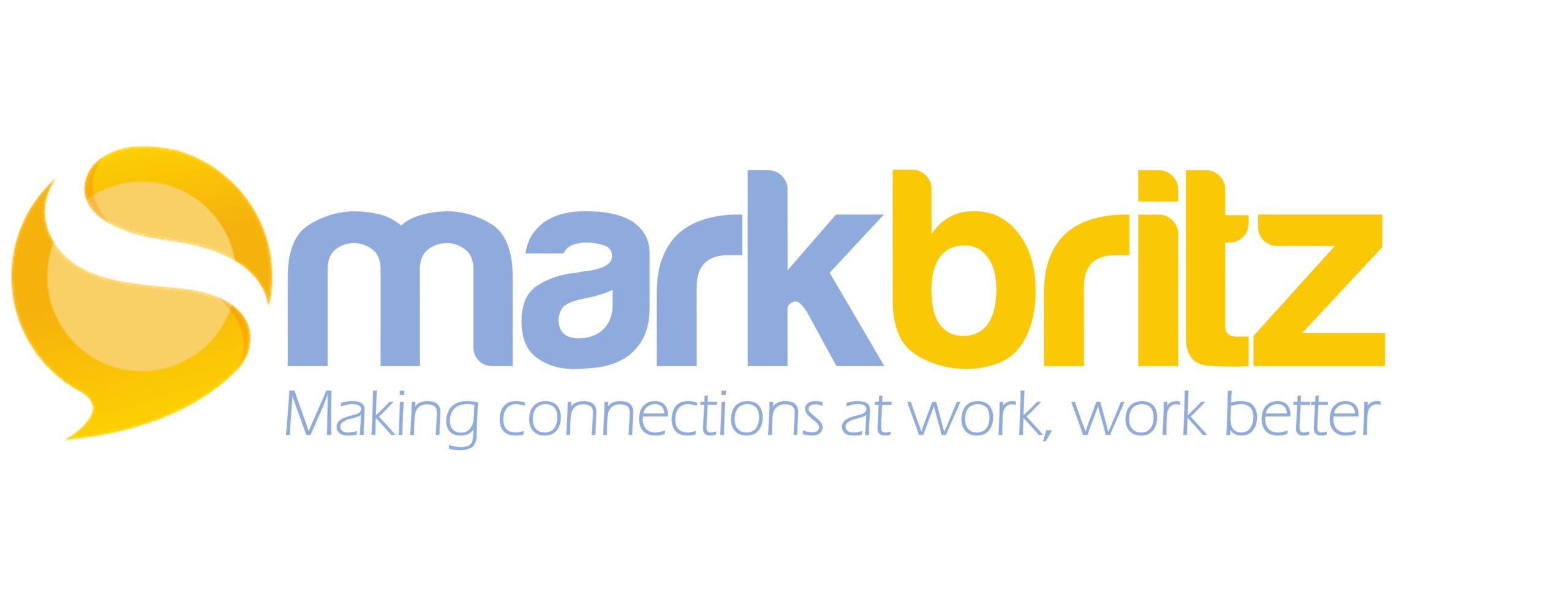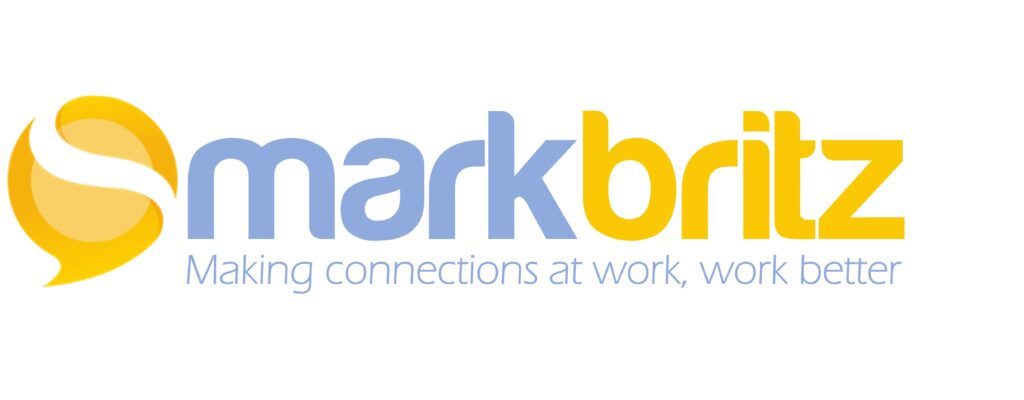Sometimes (many times) you don’t have bottomless budgets and are “stuck” with the technology you’ve got. Well, true creativity happens in a box and sometimes that box is SharePoint. SharePoint as you are likely aware is a Microsoft enterprise platform that has many functions from document management, workflows, individual sites and department sites. Many organizations use it as their Intranet and can really pretty up the interface. It has some features beyond document “collaboration” that, well frankly, get a bad rap when compared to their more robust cousins on the Web. I’m speaking of the Blogs, Wikis, Discussion Forums, etc.
Recently Anne Scott and I co-hosted an ASTD Webinar titled Using SharePoint to Support Training. Anne spoke of her experience on the design and development side and I, of course, talked of using SharePoint for more social activities like work narration and as a formative evaluation tool. Well, shame on me as I completely forgot about another way I used SharePoint to support training and felt I’d share it here.
In our Webinar, Anne and I laid out each example like this:
What was the problem
What was the approach
What was the result
So I figured I’d follow suit in this post. The example below is from my time working for a Dental Management company.
Problem:
New Office Managers (OMs) were not communicating treatment plan activities and financing option details consistently with the patients. They were not being malicious but the inconsistency could raise red flags and complaints. Since most of the Finance experts and Trainers were based at HQ and the Office Managers were in the field offices, support was difficult.
Approach:
Working through and with peers is extremely powerful and often desired as many OMs worked alone. Working with the Director of Finance and several SMEs we developed a simple SharePoint site which incorporated document libraries, a wiki and discussion forum. A cohort of OMs had been identified as having some difficulty were granted access to this virtual scenario exercise. A virtual patient was created (see Edward Jamison above) and key modified but authentic documents such as Health History form, Patient Information form, the doctors Treatment Plan and radio-graphs (xrays) were uploaded.
The OMs were to review the material independently to better understand the patient and the doctor’s plan. The OMs used the discussion forum space to collaborate and clarify their understanding and then the real fun began!
“The patient enters your consultation room…”
This simple statement was placed in the Wiki. The OMs were given 24hrs to collaborate and generate a greeting. Upon agreement they typed it in the wiki and a SME was alerted and, acting as the patient, gave a response. This dialog between OMs and a virtual patient advanced asynchronously over several weeks as they were in their work environments. Email alerts would announce that their fellow OM’s had made a change and/or the SME (patient) had responded. Leveraging the resources and each other the OMs worked together to educate the “patient” and move them forward humanely and ethically to accept the treatment they needed. In this process they collaborated, compromised and engaged in a scenario that although was not authentic contextually it did involve real actors with endless possibilities.
Result:
This activity was part of a pilot program and done in conjunction with other performance improvement activities such as onsite observation and coaching by the OMs supervisors. As a piece in the puzzle it’s hard to say what effect it had but we do know that better performance was seen over all (i.e. less complaints). Moreover, in this exercise the OMs were able to “see” their conversation with the patient. Not only could they be corrected by the SMEs on misinformation during and post event, they could also identify where they did or did not address a patient’s concern, where they could have redirected the patient or saved more time in the conversation. Also, since it was in a wiki, it could be quickly edited and crafted as a reference document or function like a quick guide. Overall the activity was robust for those who engaged in it but finding balance between work, this and other influences was tricky for some.
It’s important to remember that sometimes you have to dance with the date you brought. Platforms and devices can have somewhat hidden affordances that can be leveraged to create unique and focused solutions. So, like in my Webinar with Anne, I hope you can extract some best principles and see how they can be applied in your organization.


